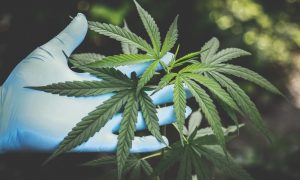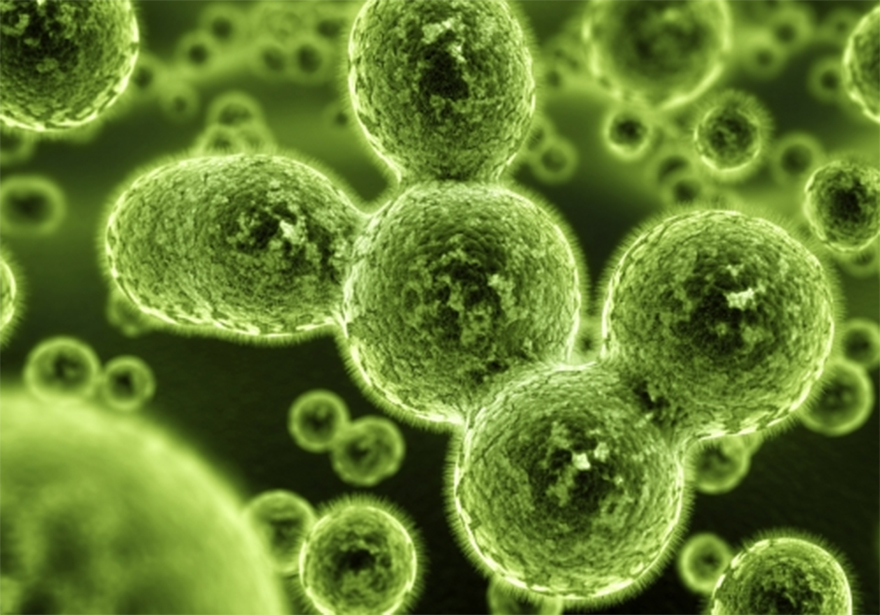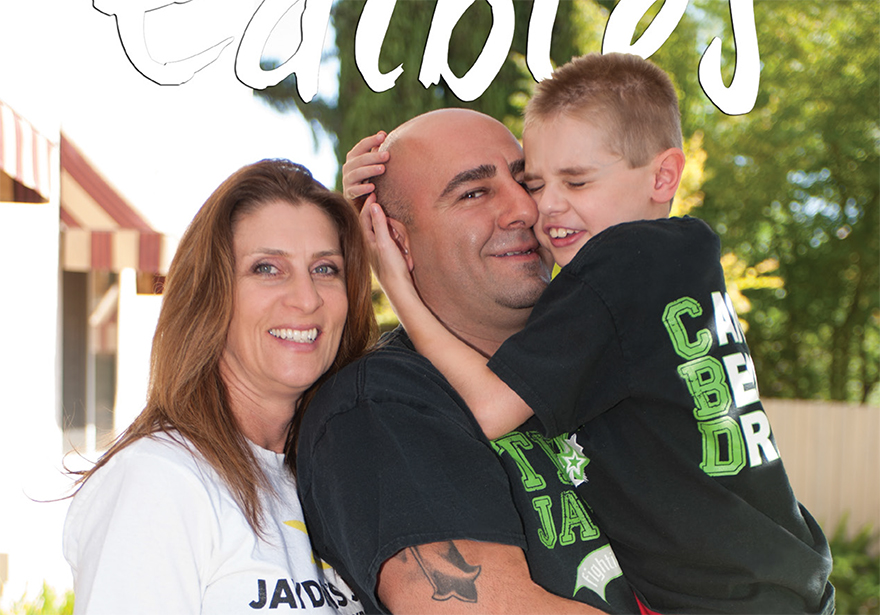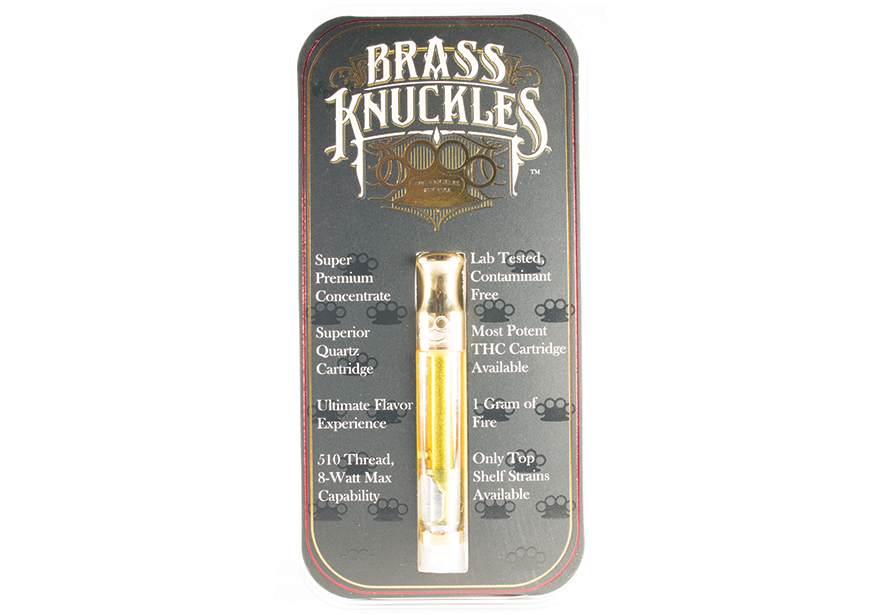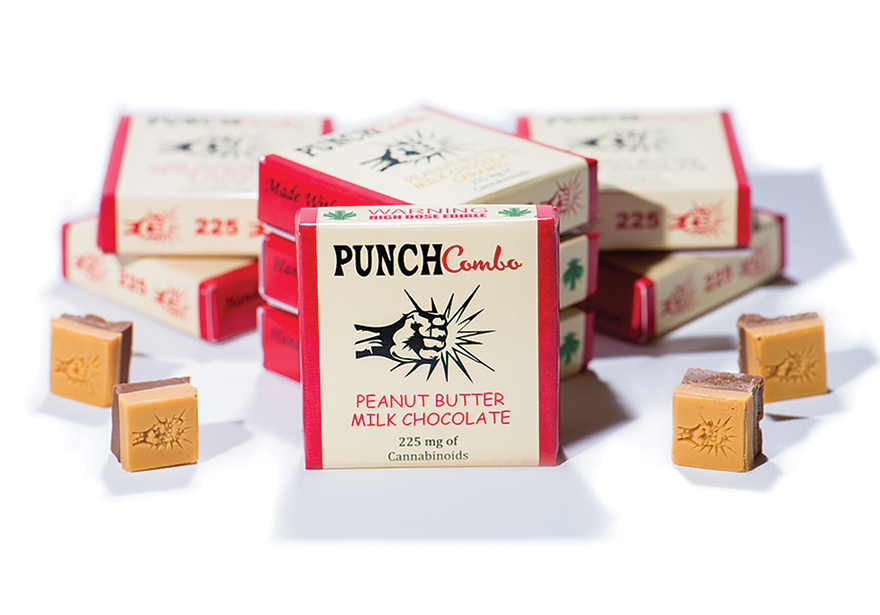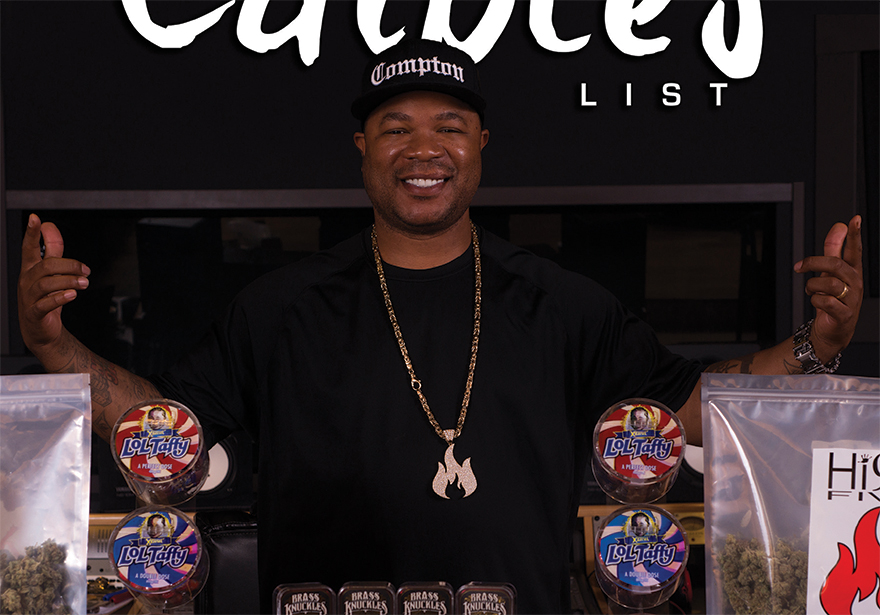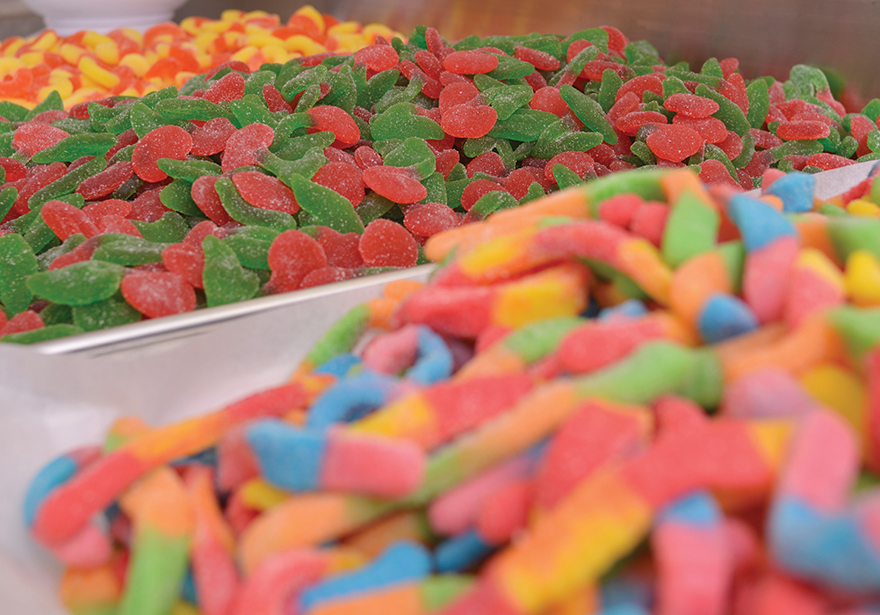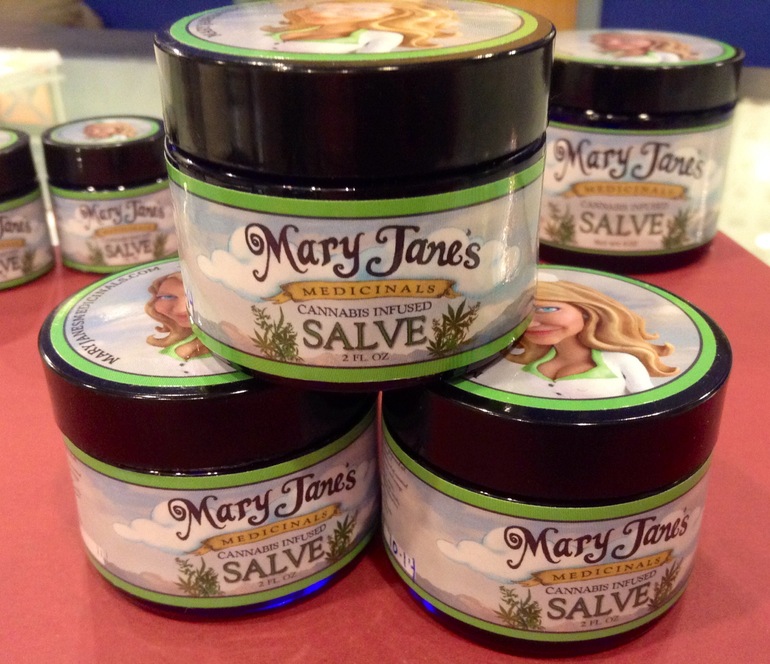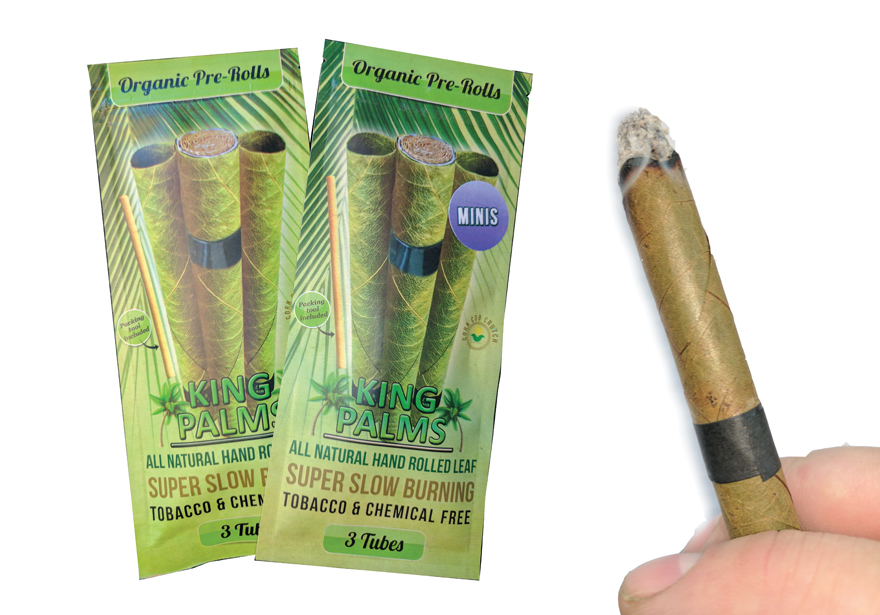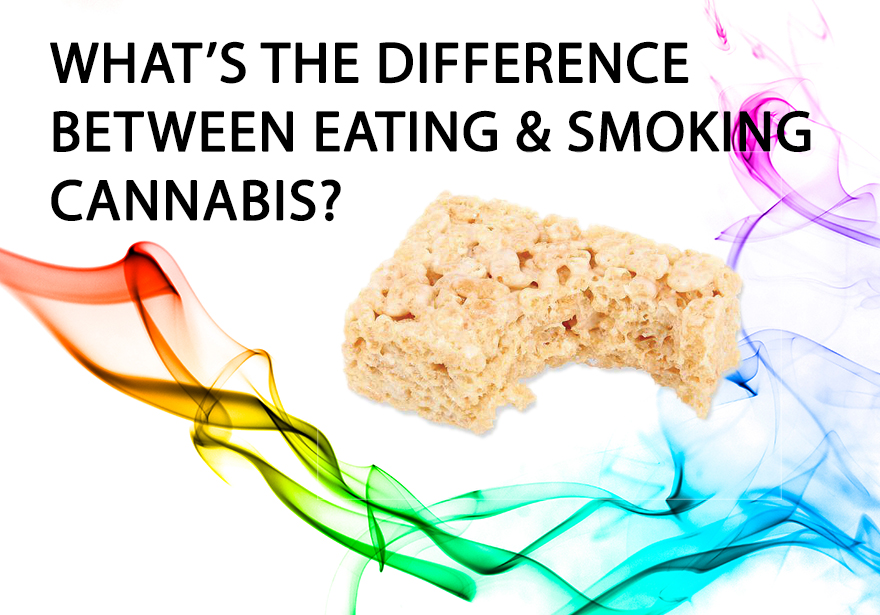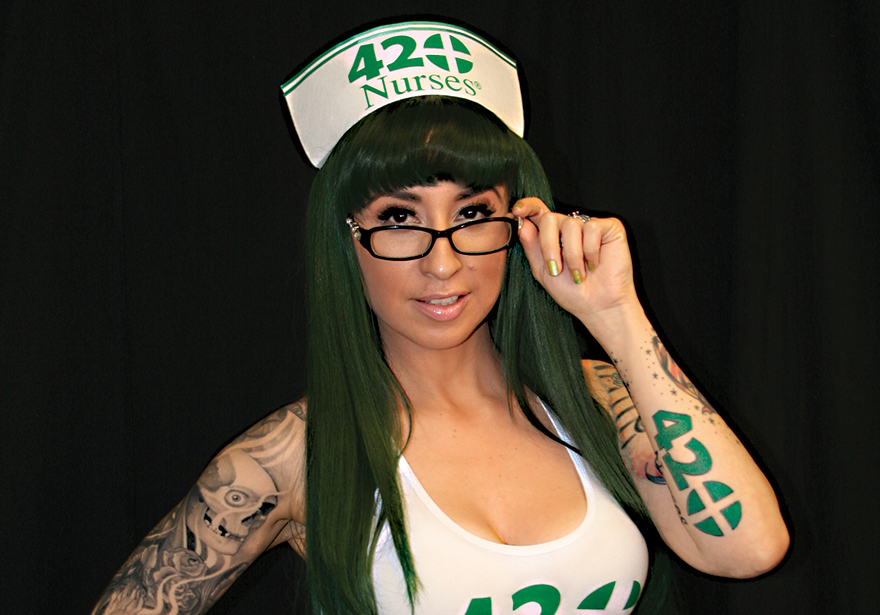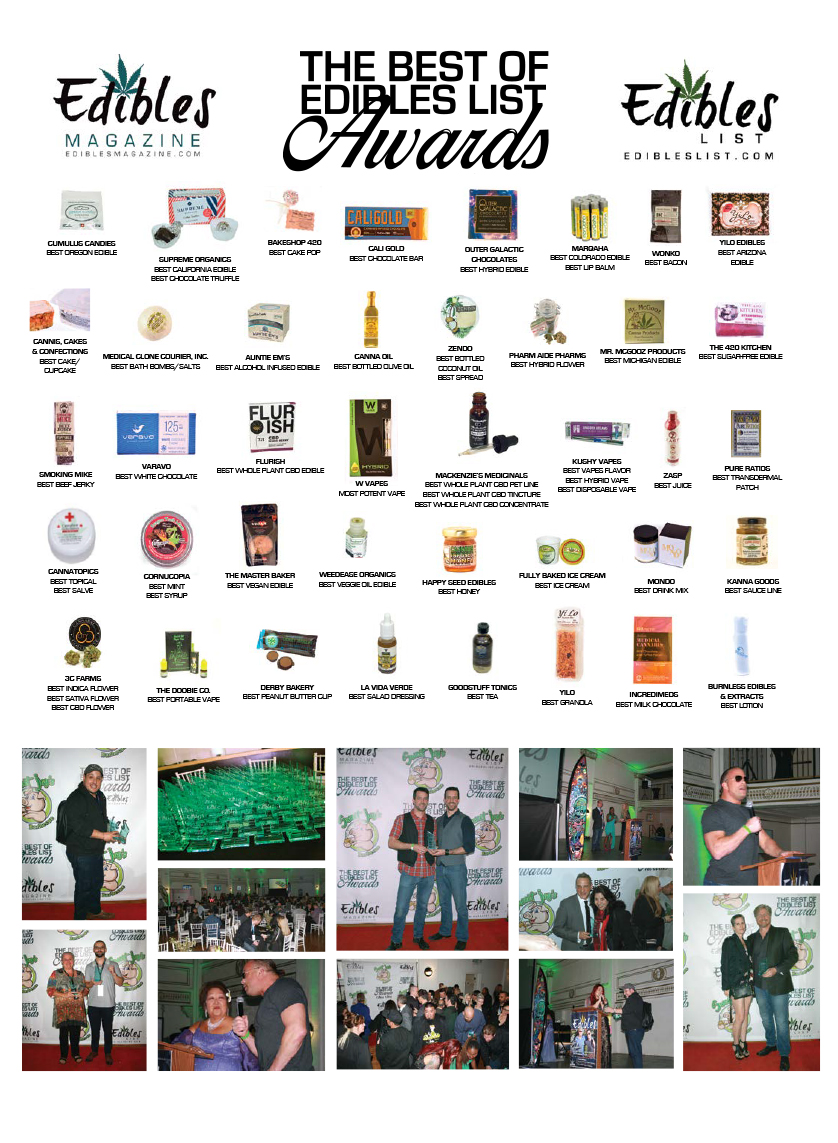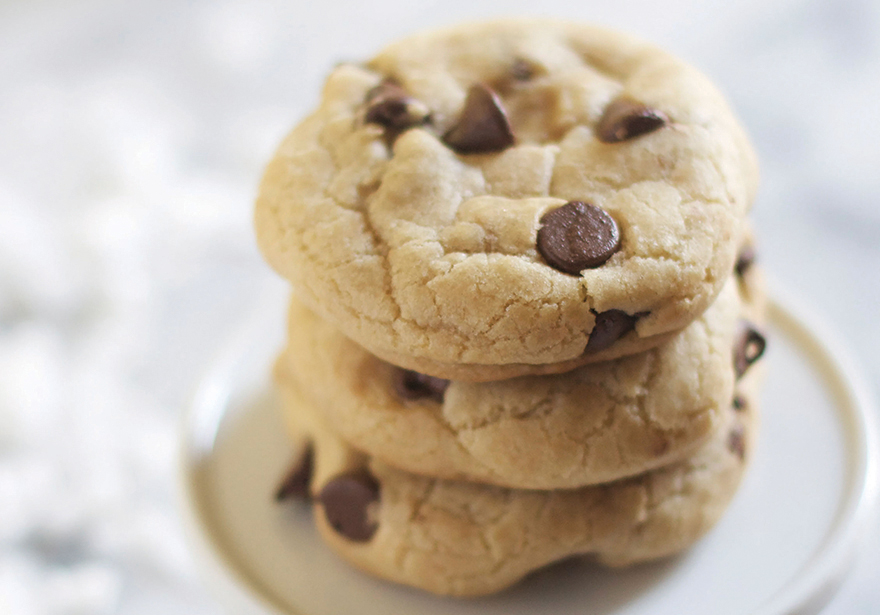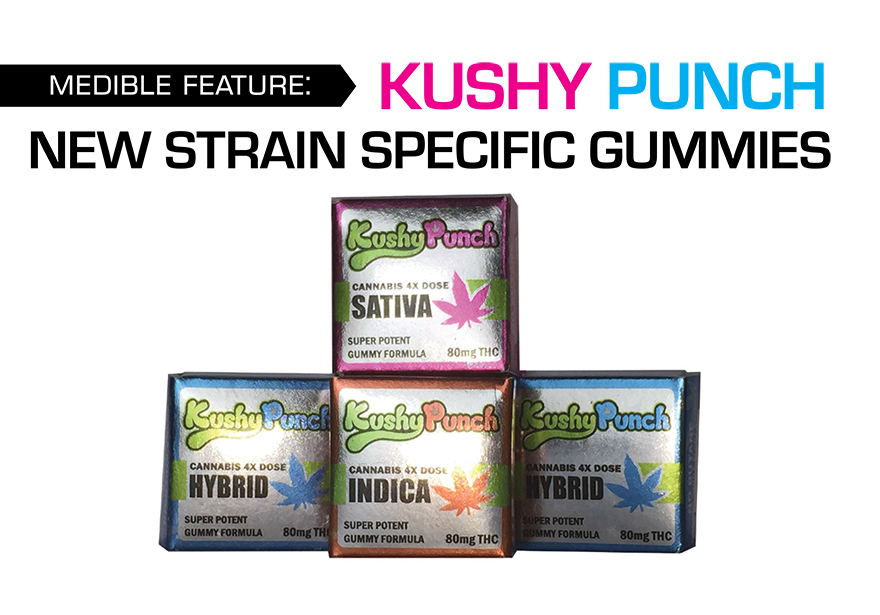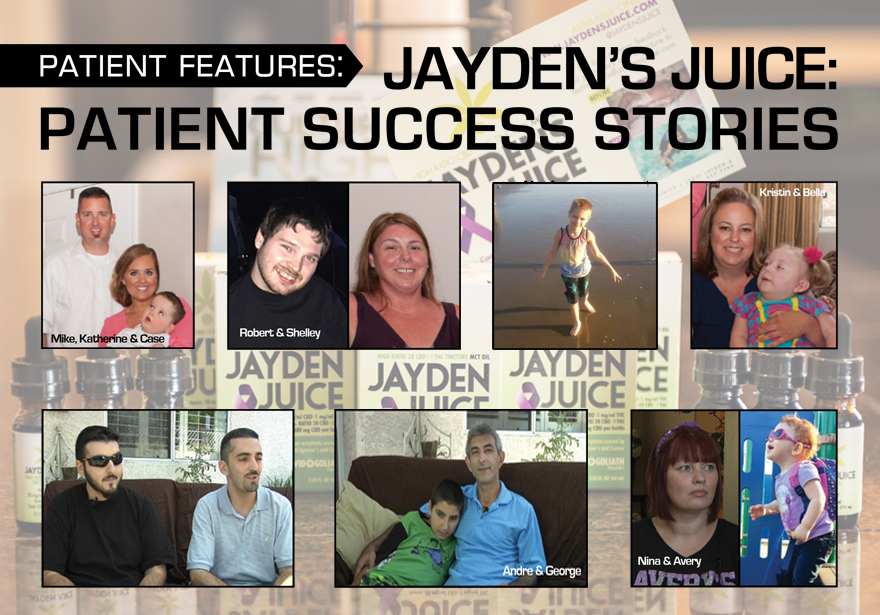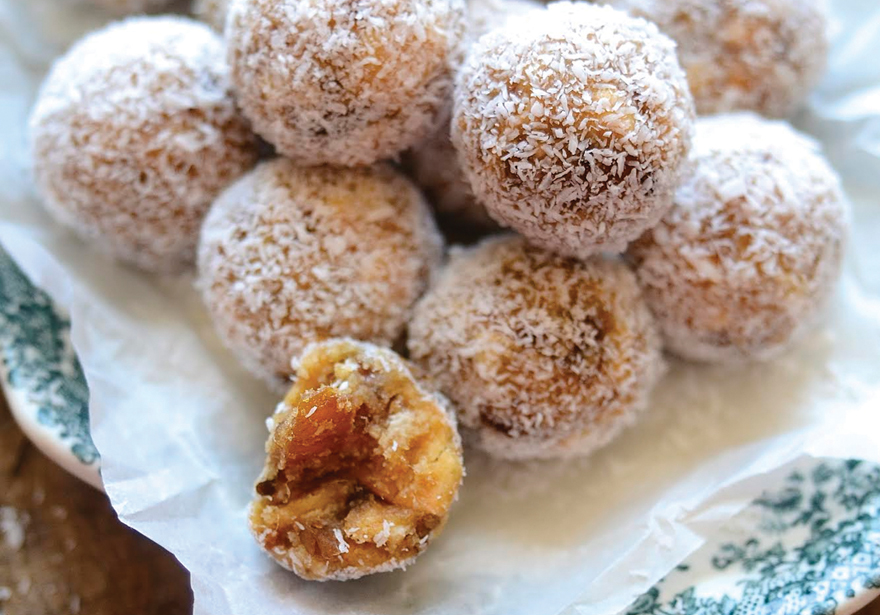Most edible products on the market are high in sugar, like brownies, gummy candies, cookies, cakes and caramel popcorn. They are popular with both the developers and dispensaries because the high sugar content allows them to be sold and stored at room temperature. However, as the variety and type of edible options increase, buyers are searching for lower sugar options so they can have their cannabis cake and eat it too- and not throw off their blood sugar levels! Unfortunately, healthier lower sugar foods like vegetable smoothies, beef jerky, yogurt, and juice all must be refrigerated and have a short shelf life. Edible makers are searching for ways to create shelf stable, diabetic friendlier baked goods with less sugar.
Developers have lots of alternative sweetener options available to them. There are high intensity sweeteners like stevia and monk fruit, similar to sugar intensity sweeteners like sugar alcohol and soluble fiber syrups and non-sweet easily digestible bulking agents like maltodextrin. All of these ingredients can be found online in bulk or through specialty ingredient suppliers. They can get pricey (versus the price of sugar) but they can add sweetness to the product while allowing the developer to lower the sugar content.
High intensity sweeteners include stevia, monk fruit, sucralose, saccharin, and aspartame. These are all 100-600X sweeter than sugar and used in tiny amounts to add sweetness to food products. Stevia and monk fruit are natural and come from plants and are preferred sweeteners in the natural food space. Because stevia and monk fruit are so much sweeter than sugar, the developer needs to use much less of it to flavor the food item. If your cake recipe calls for 40% sugar, you will only need about 1% stevia or monk to create a similar sweetness. This presents a unique problem of finding a way to add “bulk”—if your original cake recipe has eggs, milk, sugar and flour- and you remove the sugar, replacing it with a fraction by weight of stevia, you need to somehow make up the difference. This scenario would call for using a maltodextrin, a bulking agent that is made of easily digestible carbohydrates that have very little sweetness. They act as the carrying agent. Some companies sell their stevia already combined with a maltodextrin already.
Maltodextrins are great bulking agents and while they are not exactly a sugar, they are high on the glycemic index scale so they can still be problematic for diabetics. Bulking ingredient alternatives include sugar alcohol or soluble fibers like chicory root, inulin and inulin. Sugar alcohols, also known as polyhydric alcohol are natural sweeteners that are absorbed slowly by the body and have almost no calories. They are sold as mannitol, sorbitol, lactitol and erythritol. These should be used and consumed with caution, they can cause gas, stomach cramps and diarrhea if consumed in large amounts. Soluble fibers are high in fiber and low in sugar but have a slightly sweet taste. They do have calories but their fiber content portion is not as digestible and can be better for those who are watching their glycemic index.
Working with sugar replacers involves some research and development. It’s important to find just the right combination of bulk plus sweetness to ensure your finished product tastes great and doesn’t leave a high intensity sweetener aftertaste. Consider your market and those who you hope will buy your product. If you want your product to be diabetic friendly, try to avoid maltodextrin and explore inulin. Review your finished product with a food scientist and nutritionist to ensure you meet your grams of sugar per serving goals.
If you’re looking for a sugar substitute in bulk, see GLG Life Tech’s ad on Page 59 of Issue 42.
Rachel Zemser



